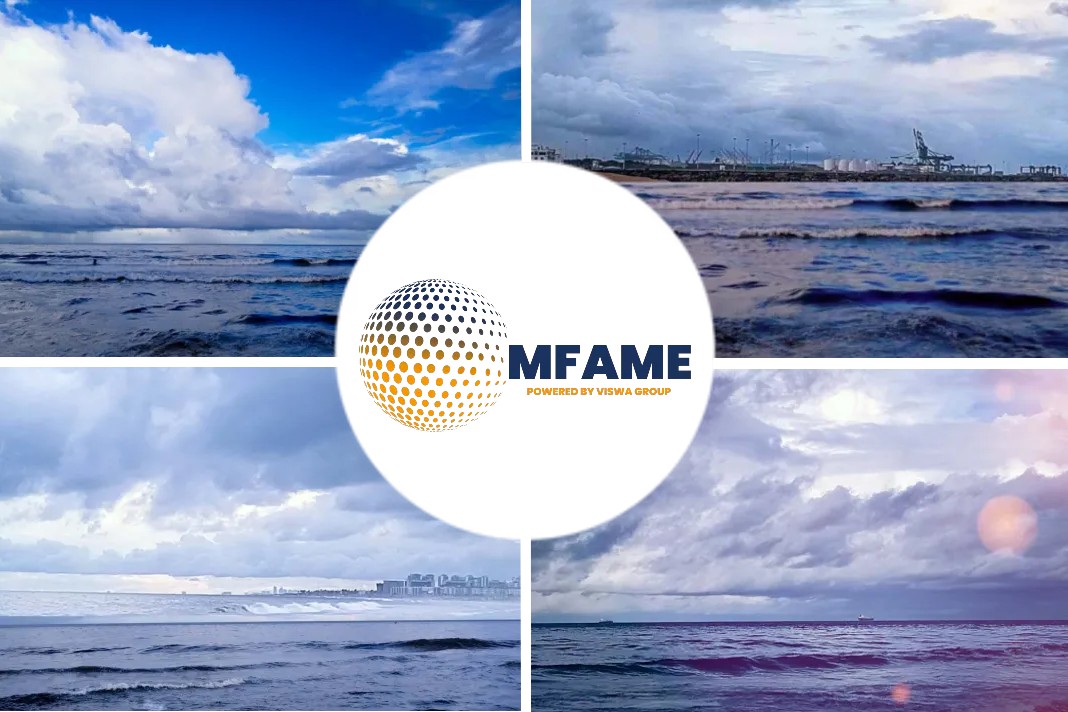
- The shipping industry, like many others, is facing increasing pressure to reduce its carbon footprint and decarbonize its operations.
- Despite some efforts from companies and organizations, overall emissions from the sector have continued to rise in recent years.
- One of the main reasons for this is the use of heavy fuel oil, which is cheap and readily available but not considered as environmentally friendly as alternatives.
A recent news article published in the Forbes states that Decarbonization In Shipping: The Need For Improvement, Waves Of Regulation And Optimism.
How New Regulations Are Impacting The Shipping Industry
Things may be about to change, though, as many regulatory bodies have released a slew of regulations, which I discuss later in the article, that are hitting ship operators, and ship operators must take steps to comply and be competitive in the industry.
In addition to the use of oil with higher levels of emissions, there are several other factors which make coordinating efforts and implementing regulations difficult due to the involvement of different companies and countries. However, things are changing as the International Maritime Organization (IMO) and other regulatory bodies have brought slew of regulations in the recent past and some of them have kicked in January 2023.
There are several new regulations related to decarbonization in the shipping industry that ship operators should be aware of. One of the most notable is the IMO’s 2020 sulfur cap, which limits the amount of sulfur that can be emitted by ships to 0.5% in an effort to reduce air pollution. The IMO has also set a goal of reducing greenhouse gas emissions from shipping by at least 50% by 2050 compared to 2008 levels, and is working on developing a strategy to achieve this goal. Additionally, there are regional regulations like California’s Advanced Clean Transit (ACT) regulation; the EU’s Monitoring, Reporting and Verification (MRV); the EU Sulphur Emissions Control Area (SECA); along with similar regulations implemented by other countries.
In addition to the IMO 2020 regulations, shipowners also need to be aware of the Energy Efficiency Existing Ship Index (EEXI) regulations, which will come into effect in 2025. These regulations will require ships to report on their energy efficiency, with the goal of encouraging ships to improve their efficiency and reduce their emissions.
Ships will be required to report their EEXI scores every five years, with the first report due in 2025. The EEXI reporting requirements will change over time, with more stringent requirements being introduced in the future.
How The Shipping Industry Can Respond To New Regulations
As a shipowner and operator, it is important to understand these new regulations and take steps to comply with them. A couple of the main ways to do this is by switching to low-sulfur fuel or installing scrubbers on ships to remove sulfur from the fuel before it is burned.
Using low-sulfur fuel is the most straightforward way to comply with the new regulations. However, it can be more expensive than traditional high-sulfur fuel, so it’s important to factor in the cost when making the switch. Additionally, low-sulfur fuel may not be available at all ports, so it’s important to plan ahead and make sure that the necessary fuel will be available when the ship is in port.
Another option is to install scrubbers on ships. A scrubber is a device that removes sulfur from the fuel before it is burned. This can be a cost-effective solution, but it does require an initial investment in equipment and installation. Additionally, there may be limitations on where ships with scrubbers can operate, so it’s important to check with local authorities before installing them.
Additionally, shipowners should prepare for the EEXI regulations by monitoring their ship’s energy efficiency. They should also develop a ship energy efficiency management plan (SEEMP) and invest in new technologies and equipment that can help improve energy efficiency.
Optimism For The Future
The future of decarbonization in the shipping industry looks promising. With increasing pressure from governments and the public to reduce emissions and combat climate change, ship operators are investing in new technologies and innovations that will help them operate more sustainably. The shipping industry is also currently undertaking several decarbonization initiatives in an effort to reduce its greenhouse gas emissions, including:
1. The use of alternative propulsion fuels such as LNG as well as biofuels, hydrogen and ammonia.
2. Energy-efficient technology.
3. Carbon pricing.
4. Electric and hybrid propulsion systems that can reduce emissions.
5. Battery-electric and fuel cell-electric propulsion.
6. Carbon offsetting: Some shipping companies are planning to purchase carbon offset credits to offset their emissions and neutralize their carbon footprint
7. Digitalization: Using digital twin technology, IoT sensors and AI algorithms to optimize the ship’s performance, reducing the need for fuel.
8. Increased collaboration: Finally, there is a growing collaboration between the industry, governments and research organizations to develop and implement decarbonization strategies for the sector.
Overall, the shipping industry is making significant progress in the decarbonization efforts. With continued investment in new technologies and innovations, it is likely that we will see even more progress in the future.
Did you subscribe to our daily Newsletter?
It’s Free! Click here to Subscribe!
Source: Forbes





















